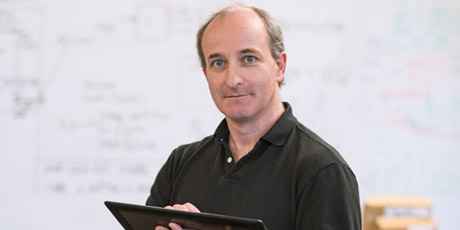Funded
Grants
These grants and gifts cover everything from angioplasty to soil erosion
The National Science Foundation awarded Matthew Fujita, assistant professor of biology, a grant worth $670,797 to study and identify the processes that have generated the high species diversity in West and Central Africa.
UT Arlington’s TMAC, formerly the Texas Manufacturing Assistance Center, won a five-year, $33.5 million Commerce Department award to manage Manufacturing Extension Partnership centers to help small and mid-sized manufacturers across the state.
Junzhou Huang, assistant professor in the Computer Science and Engineering Department, won a $250,000 National Science Foundation grant to develop a scalable data-mining framework that will help manufacturers quickly discover desired materials for building their products.
Heng Huang, computer science and engineering professor, won a three-year National Science Foundation grant worth more than $600,000 to develop an interactive database of gene expressions of the fruit fly.
NASA awarded physics Professor Ramon Lopez a $502,956 grant to study the role of solar wind fluctuations in solar wind-geospace coupling. The highly competitive award is sponsored by NASA’s Heliophysics Supporting Research Program, which selected 30 of the 221 proposals submitted for consideration.
The U.S. Department of Energy gave mechanical and aerospace engineering Professor Haiying Huang a $399,311 grant to develop a distributed wireless antenna sensor system to monitor conditions of coal-fired boilers and make them safer and more efficient.
Alexa Smith-Osborne, associate professor and director of the Center for Clinical Social Work, received a $200,000 grant from the Hogg Foundation for Mental Health to improve understanding of mental health and resilience among people of diverse races and faiths, as well as those in the military community.
















